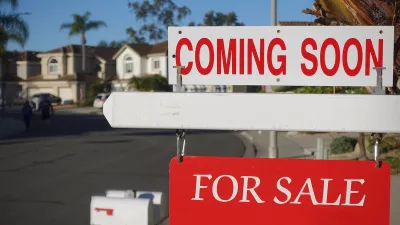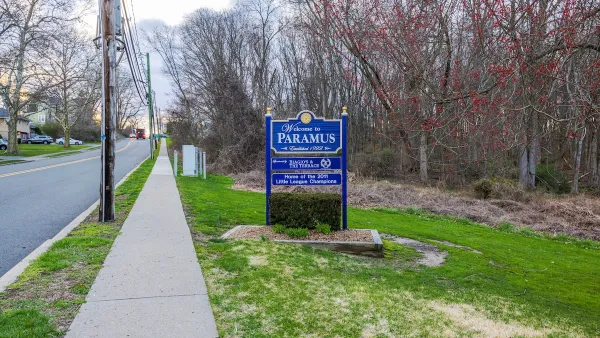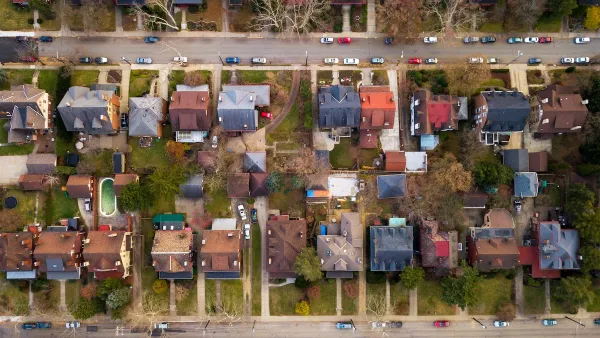The financialization of housing uncouples housing prices from local supply and demand. Fixing this requires a new approach.

Outlining lessons from his and Daniel Herriges’ recent book Escaping the Housing Trap, Charles Marohn of Strong Towns calls out the “financialized approach to housing, a top-down system that has disconnected housing prices in nearly all American cities from local reality,” pointing out how the focus on ‘affordable housing’ sometimes obscures the ways we could make housing more affordable for all.
Pointing to a project in Brainerd, Minnesota that received what amounted to $154,500 in public subsidies per unit (“in a city where the median home price is $210,000”), Marohn writes that “No matter where your heart is on building affordable housing, you have to acknowledge that there is no way this approach scales.”
According to Marohn, “The reason housing prices are crazy everywhere at the same time isn’t because every local market has the same supply constraints. Supply constraints exist in many markets, sure, but the story of housing affordability is primarily a financial one.”
But there is hope: “Cities can make it easier to build these kinds of products through regulatory reform. They can cultivate a cadre of incremental developers to do this kind of work. And, perhaps most importantly, they can help finance these entry-level units, providing local competition to the federally subsidized, Wall Street-based housing market. They can do this all at scale and at very little, if any, cost to local taxpayers.”
FULL STORY: How Affordable Housing Distracts People From Housing Affordability

National Parks Layoffs Will Cause Communities to Lose Billions
Thousands of essential park workers were laid off this week, just before the busy spring break season.

Retro-silient?: America’s First “Eco-burb,” The Woodlands Turns 50
A master-planned community north of Houston offers lessons on green infrastructure and resilient design, but falls short of its founder’s lofty affordability and walkability goals.

Delivering for America Plan Will Downgrade Mail Service in at Least 49.5 Percent of Zip Codes
Republican and Democrat lawmakers criticize the plan for its disproportionate negative impact on rural communities.

Test News Post 1
This is a summary

Test News Headline 46
Test for the image on the front page.

Balancing Bombs and Butterflies: How the National Guard Protects a Rare Species
The National Guard at Fort Indiantown Gap uses GIS technology and land management strategies to balance military training with conservation efforts, ensuring the survival of the rare eastern regal fritillary butterfly.
Urban Design for Planners 1: Software Tools
This six-course series explores essential urban design concepts using open source software and equips planners with the tools they need to participate fully in the urban design process.
Planning for Universal Design
Learn the tools for implementing Universal Design in planning regulations.
EMC Planning Group, Inc.
Planetizen
Planetizen
Mpact (formerly Rail~Volution)
Great Falls Development Authority, Inc.
HUDs Office of Policy Development and Research
NYU Wagner Graduate School of Public Service





























